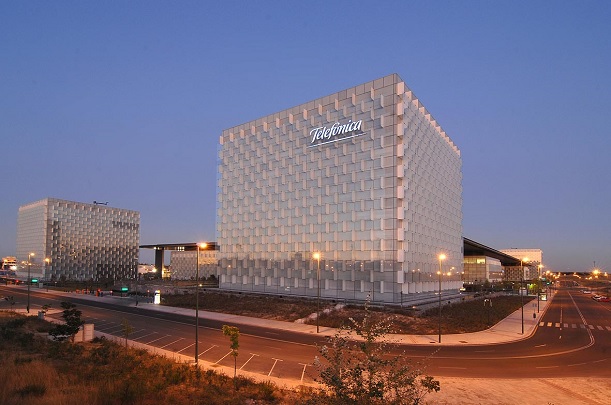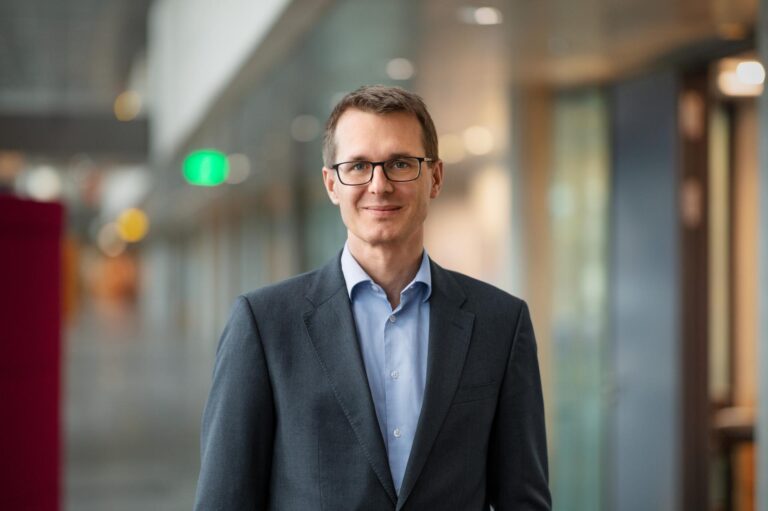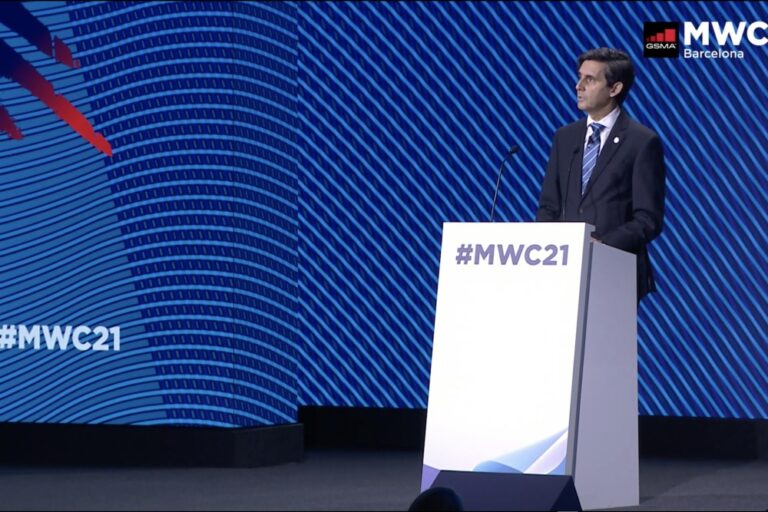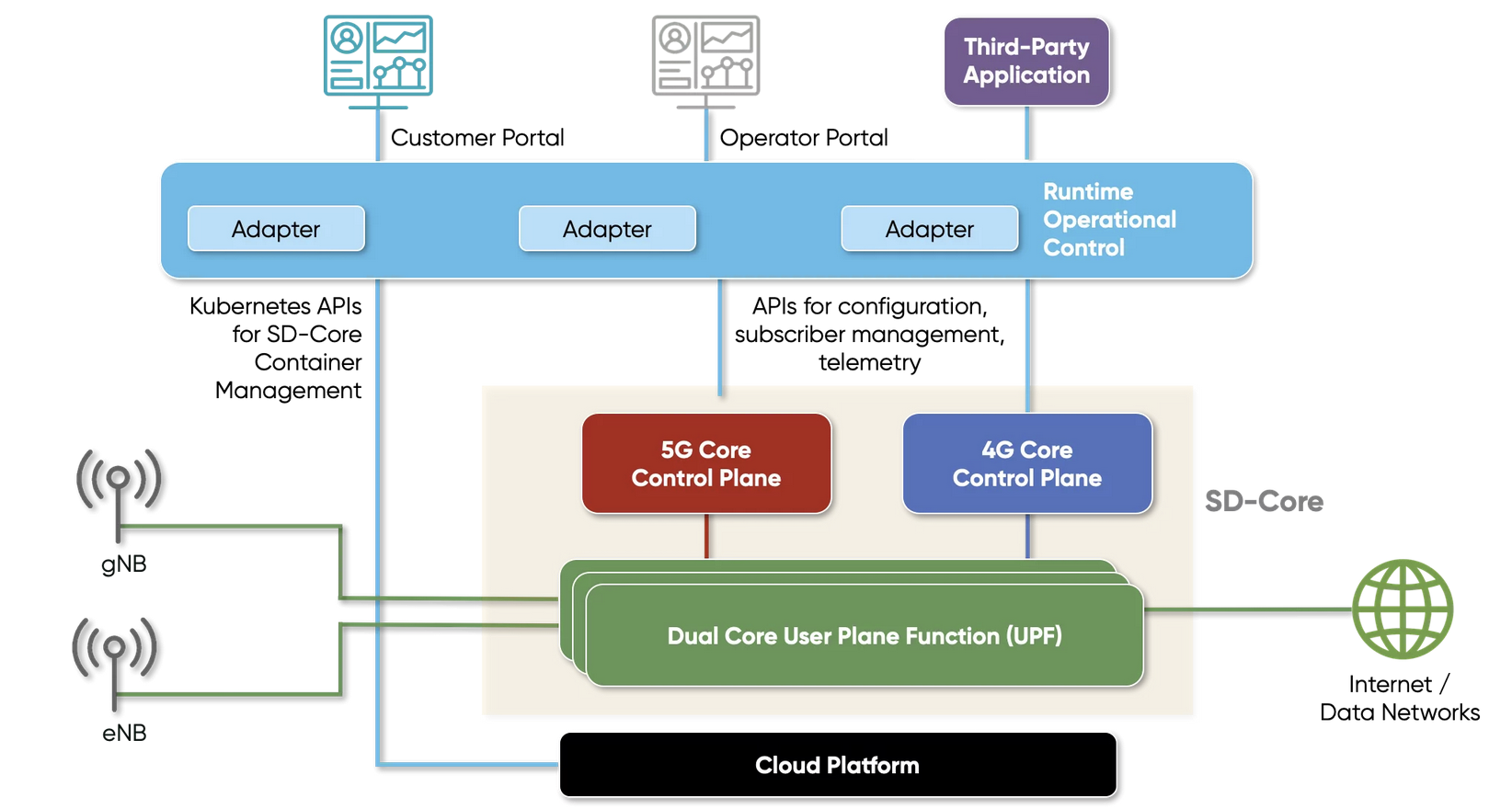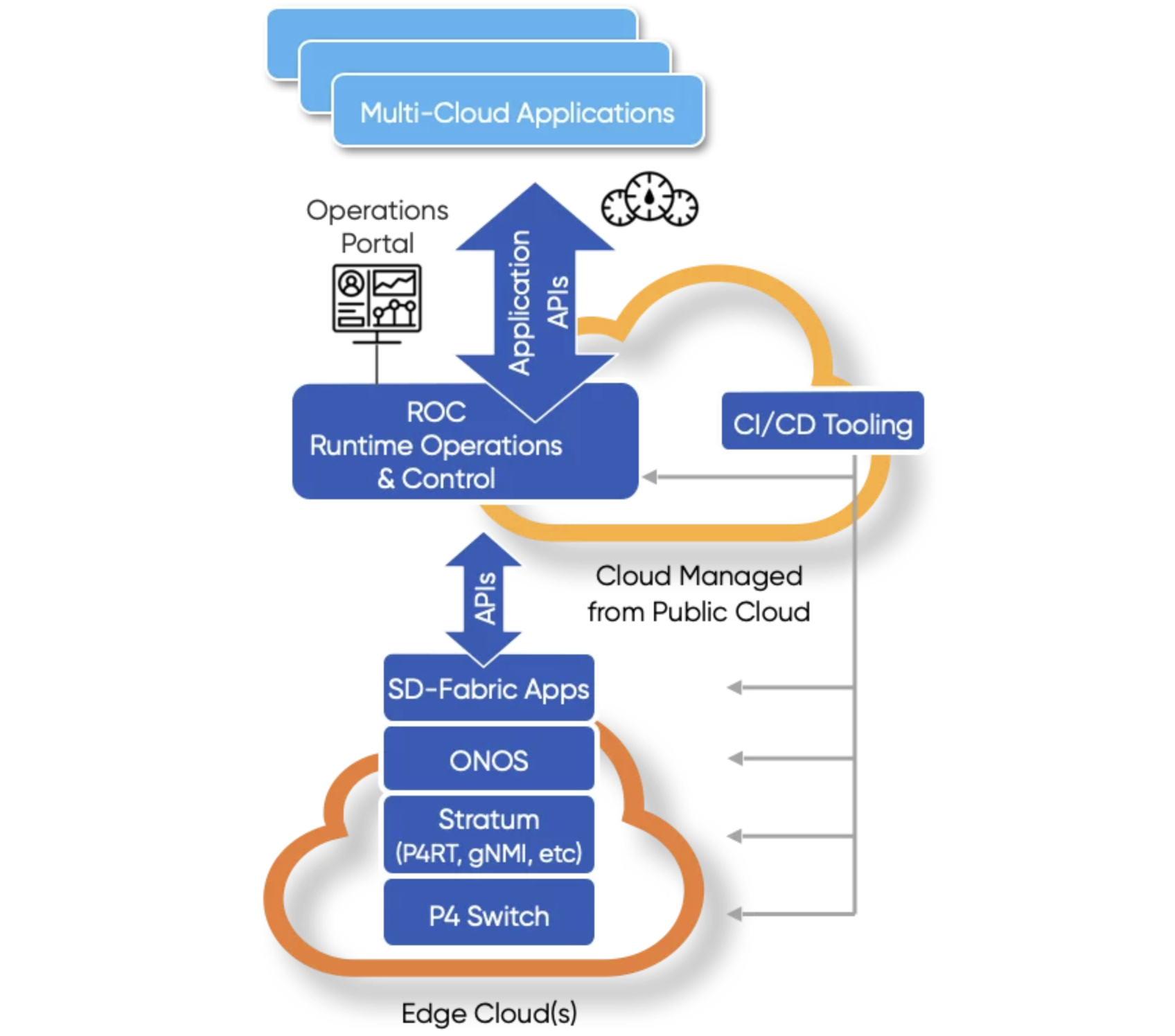The experimental network will launch in Lannion, Brittany, in July and will act as a blue-print for future network development.
As Orange progresses towards a zero-touch network, it says its imminent 5G Standalone (SA) experimental cloud net is a key step in realising its vision of the future infrastructure.
Orange’s experimental network will be a 100% software-enabled network, driven by data and AI, fully automated and cloud-native. Crucially, it will also encompass Open RAN technology, underlining Orange’s commitment to the cause.
Orange says that by implementing and operating this network it will better understand how these technologies co-exist and their impact on the network lifecycle.
It will also enable Orange to better understand customer experience benefits of a fully cloudified network as well as the full potential of AI and data.
In addition, it will enable Orange to determine the future skills needed, which is a pillar of its Engage2025 strategy to ‘co-create a future-facing’ company, as well as the environmental benefits – another strategic pillar.
The project will run over a two-year period and ramp up to encompass several hundred users.
Multi-party collaboration
Orange is working with partners able to cover all aspects of the network from the devices to the core.
For the first stage of the project, the partners include Mavenir for cloud 5G Open RAN, Casa Systems for cloud 5G SA core network, Hewlett Packard Enterprise for Cloud 5G SA subscriber data management, Dell Technologies for infrastructure and servers supporting RAN centralised unit (CU), distributed unit (DU) and Core. and Xiaomi for devices.
Orange also uses a continuous integration and continuous deployment (CI/CD) approach as well as orchestration of open source solutions, including GitLab and ONAP, to automate networks and service management.
A focused deployment
The new network sees the setting up of Open RAN and core function on a single Kubernetes-based infrastructure fully managed by Orange and deploying a fully automated core.
From July, the network will start using and testing O-RAN radio equipment, Containerized Network Functions (CNFs) on a cloud infrastructure, network data collection and AI automation.
The experimental network will also host Information System OSS (for example, network inventory management and network operations), BSS (CRM and billing) as well as using AI to secure and optimise the network and predict its behaviour.
In 2022, the network will expand to more locations to increase the number of users and to test vertical use-cases leveraging dynamic network slicing.
Michaël Trabbia, Chief Technology and Innovation Officer, Orange, commented: “Our ambition is to prepare Orange for the operator of the future by building more resilient and auto-adaptive networks that offer best in class quality of service in each situation.
“This experimental network represents an important milestone on our way to implement and deploy Open RAN and AI technologies to prepare on-demand connectivity and zero touch operator capabilities.”




